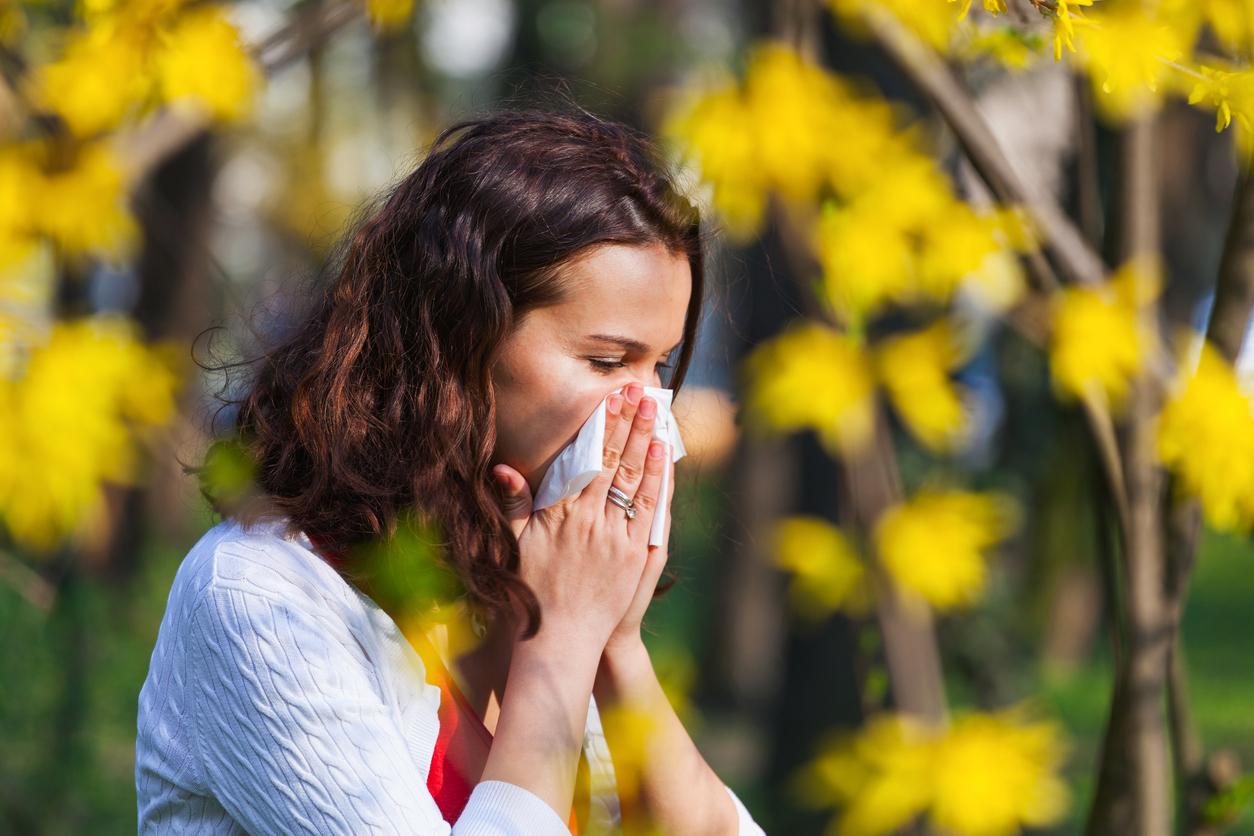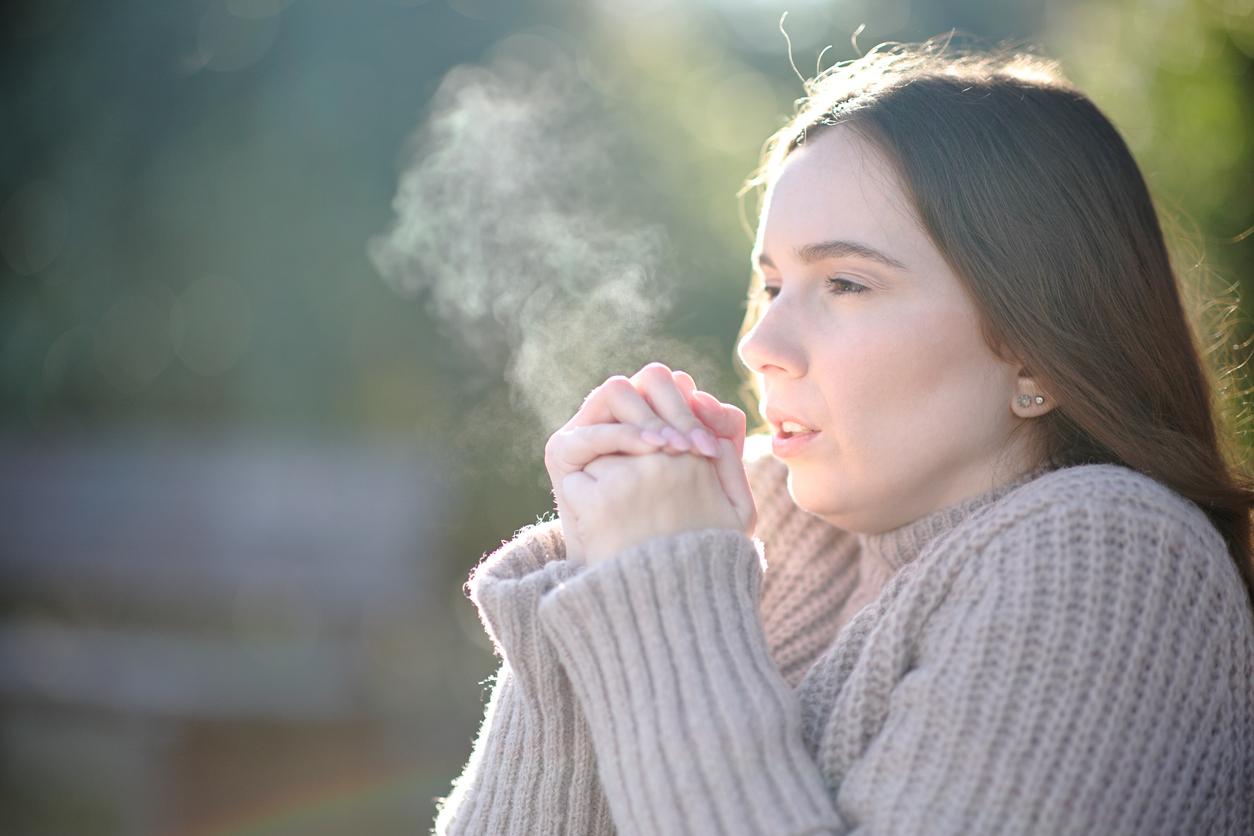Runny nose, itchy eyes and itchy throat … spot the symptoms of a hay fever in the spring has become a simple routine for people who suffer from it. But what about winter? Because according to an article in the American daily Chicago Tribune, mold, dust, moths, pets, and spending more time indoors would also cause many allergies.
Dr. Stanley Goldstein, director of the Long Island Allergy and Asthma Center in New York City, estimates that allergic rhinitis is just as common in winter as it is in spring. The only difference, he explains, is that most people don’t know it’s an allergy, not a cold.
Some clues to make the difference
But there are some differences that can help us see things more clearly, reports the Chicago Tribune. A cold can last from a week to ten days, while an allergic rhinitis tends to last a whole season. Among other things, the allergy begins at the beginning of winter, while a cold can start at any time, explains Tonya Winders, president of the American network “Allergy and asthma“, quoted by the daily.” Sneezing and itchy eyes are often signs of allergy, “adds professor of medicine Tompthy Craig. As are the itchy nose and the absence of fever.
The best way to find out, advises Tonya Winders, is to talk to her GP to find an effective treatment for possible allergic rhinitis.


















